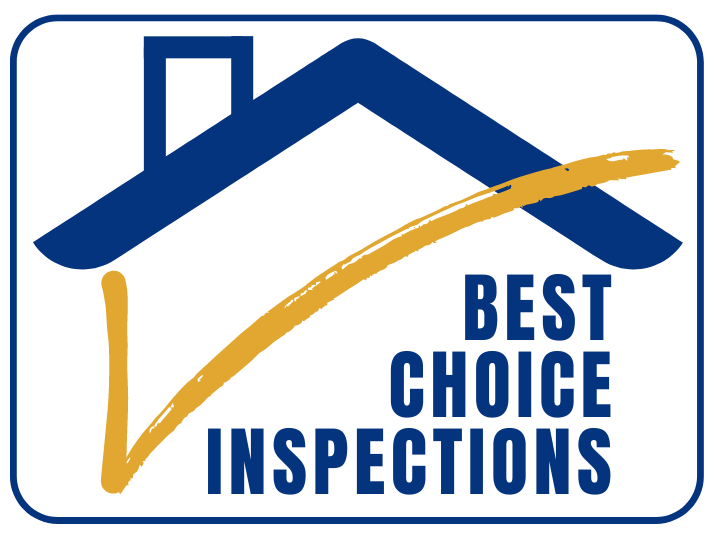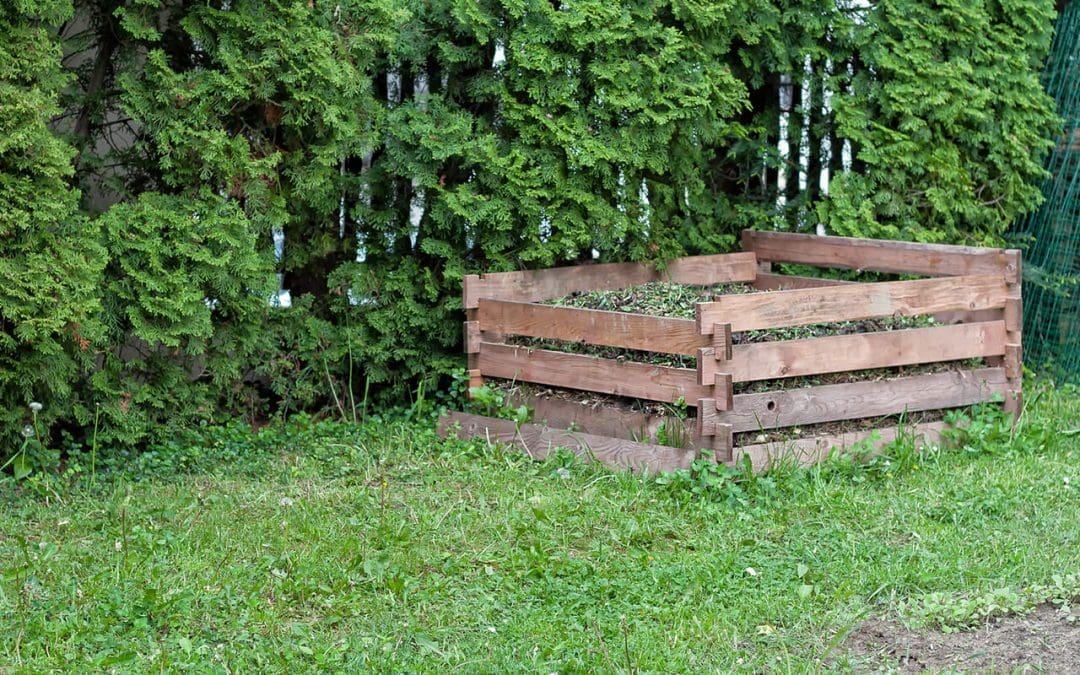Turning kitchen scraps and yard waste into nutrient-rich gold for the garden might sound like something only seasoned gardeners can achieve. Composting at home is surprisingly accessible and incredibly rewarding for anyone looking to reduce waste and boost their green thumb. It’s a natural process that mimics the earth’s own recycling system, and bringing it into the backyard is easier than you might think.
Why Compost? The Awesome Benefits
Before getting into the how-to, it’s worth highlighting the many perks of becoming a home composter. For starters, it’s a great way to reduce the amount of waste sent to landfills. A substantial portion of household trash is organic material that can be transformed into something valuable instead of taking up precious space in a landfill. Beyond waste reduction, compost is a fantastic soil amendment. It improves soil structure, allowing for better water retention and drainage. It also provides a slow-release source of essential nutrients for plants, leading to healthier growth and reducing the need for synthetic fertilizers. Plus, using homemade compost even helps suppress plant diseases and pests. It’s a win-win-win situation for the homeowner, the garden, and the environment.
The Essential Ingredients for Composting at Home
Successful composting relies on a balanced mix of “greens” and “browns.” Greens are nitrogen-rich materials that are typically moist and decompose quickly. Think kitchen scraps like fruit and vegetable peels, coffee grounds, tea bags (without the plastic or metal staples), and fresh grass clippings. Browns, on the other hand, are carbon-rich, drier materials that break down more slowly. Examples include dried leaves, straw, shredded newspaper, cardboard (without glossy coatings or tape), and small twigs. The ideal ratio is roughly two to three parts browns to one part greens. This balance gives the compost pile the right amount of moisture and air for the microorganisms to work efficiently. It’s important to avoid composting meat, dairy, oily foods, and diseased plants, as these can attract pests and cause unpleasant odors.
Choosing Your Composting Headquarters: Methods and Locations
There are several ways to set up a composting system at home, and the best choice often depends on the amount of space available and personal preferences. A simple and popular method is the open pile, where materials are simply layered in a designated area of the yard. This is a low-cost option, but it might not be the most aesthetically pleasing for all homeowners. Compost bins, which can be purchased or built from materials like wood or plastic, offer a more contained and often neater approach. For those with limited space or who want a faster composting process, vermicomposting (using worms) or bokashi composting (an anaerobic fermentation process) might be suitable alternatives. Regardless of the method chosen, location is key. The compost pile or bin should ideally be placed in a spot that receives sunlight and has good drainage. A partially shaded area is often ideal to prevent the pile from drying out too quickly.
The Composting Process: Turning Trash into Treasure
The magic of composting happens thanks to a community of microorganisms, including bacteria and fungi, as well as larger organisms like worms and insects. These decomposers break down the organic materials into a dark, crumbly substance called humus. For this process to work efficiently, the compost pile needs the right balance of air, moisture, and temperature. Turning the compost pile regularly, ideally every few weeks, helps to aerate it, providing oxygen for the microorganisms and speeding up decomposition. The pile should be moist like a wrung-out sponge. If it’s too dry, the decomposition process will slow down; if it’s too wet, it can become anaerobic and smelly. A healthy compost pile will heat up in the center as the microorganisms work, indicating that the process is active. Over time, the original materials will become unrecognizable, transforming into valuable compost that can then be used to enrich garden beds, potted plants, and even lawns.
Home composting is a simple yet powerful practice that offers many benefits, from enriching gardens to reducing environmental impact. It’s a tangible way to connect with nature’s cycles and transform what might be considered waste into a valuable resource. The earth and your garden will thank you.
Composting At Home FAQs
How long does it take to get finished compost?
The time it takes to produce usable compost varies depending on the method, the materials used, and how often the pile is turned. It can range from a few months to a year.
What if I don’t have a yard? Can I still compost?
Absolutely! Vermicomposting (worm composting) is an excellent option for condo dwellers or those with limited outdoor space.
How do I know when the compost is ready to use?
Finished compost will be dark brown or black, crumbly, and have an earthy smell. The original materials should no longer be easily recognizable.
Can I compost cooked food?
While some composting methods can handle cooked food, it’s generally best to avoid it in backyard compost piles as it can attract pests. Bokashi composting is a good option for cooked food scraps.
Best Choice Inspections offers inspections to customers in Knoxville, TN, and the surrounding area. Contact us to request our services.

